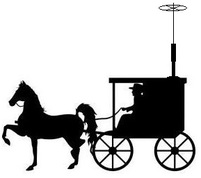
Many of you are probably already aware of the idea of "crowd-sourcing." For those of you that aren't familiar with it, Google defines crowd-sourcing as "the practice of obtaining information or input into a task or project by enlisting the services of a large number of people, either paid or unpaid, typically via the Internet."
Did I lose you yet?
I hope not, because I'm finally ready to get to the point. One of the pieces of equipment that my work revolves around comes in these boxes. Recently, we had one that went bad, and it was getting scrapped. After pulling out the proprietary bits, I was left with this box that was just too cool to get rid of. My mind was instantly racing with radio-related ideas to use this for. For some reason, as I was brainstorming, it dawned on me that this could make a fun "community" activity - with the community in question being anyone who happens to stumble on my corner of the Internet, who also has even the slightest interest in, or curiosity about, ham radio.
Ground Rules
- No idea is a stupid idea
- disagreements and discussion are encouraged, but if you get trollish about it, you'll be removed from participation - this is meant to be fun!
- If you think something "must" be part of the project, convince the rest of the crowd to agree with you (and also convince them to fund it if it is something pricey!)
Scope

- The end product must be ham radio centric
- The end product should fit 100% within this box for storage and transportation. Things that need to be taken out of the box and "deployed" for use are okay.
- This box is a Seahorse Model SE-300. (P.S. as far as this type of case goes, the Seahorse cases are very reasonably priced!) Inside dimensions of the bottom are approximately 9.5"x7.4"x3". Inside dimensions of the lid are approximately 9.5"x7.4"x1"
- The parts remaining in the box from it's previous life can either be re-used, modified, completely removed, or replaced, unless otherwise noted
- The box contains a 12v 6000mAh LiFePO4 battery (and charger). Preferably, this should be the power source, if the end product requires power.
- The mounting bracket that holds the battery is also the ground plane for a 900MHz antenna that was used in this box's prior life (I have no particular attachment to it, but wanted to let you know that it's there)
- The box has the following bulkhead connectors that, in the past, interfaced equipment in the box to the outside world: (2) RJ45 Jacks, (1) DB9 male, (1) USB, (1) coaxial power connector currently used to connect the battery charger
- Box "display" panel has a 2amp fuse/holder, voltage meter, power switch (switched power from the internal battery), and some holes that previously had LED's shining through them.
- The lid of the box has a panel and door, making a storage compartment in the lid.
- Drilling holes / screwing things into the box / panels is okay
- Frugality is important. This doesn't mean things have to be cheap, but any cost has to have an associated benefit (I may ask to be "sold" on ideas if they seem pricey)
- I prefer to reuse / recycle things wherever possible, but will buy parts if suitable things can't be found to re-purpose
- I have, or have access to, most tools that could conceivably be needed. I am willing to beg/borrow/ask for help for anything I would need to use that I don't have, or don't have experience with (I don't own an Oscilloscope, or Spectrum Analyzer - yet)
Now, as a member of the "crowd" here is the first assignment. Using the form below, submit your ideas for:
- The name of the project (as we learned from Amazon and Monster a name doesn't have to reflect what the thing actually is, so we might as well come up with that first - it will be easier to share what we're working on if we have something to call it!
- A short description giving a high-level idea for a project. The key here is short - we'll get into details once a project is picked - for now, just stick to ideas like "VHF/UHF go kit", "Flux Capacitor Module", "QRP station", or "Dilithium Crystal Power Box".
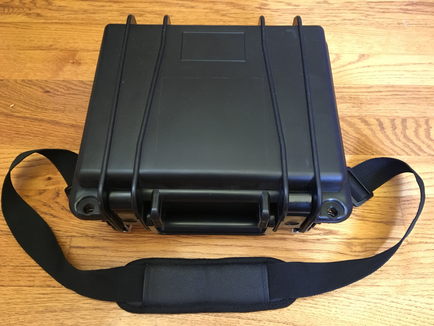
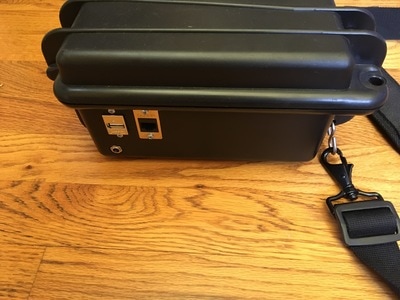
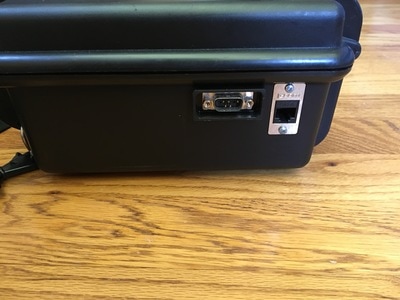
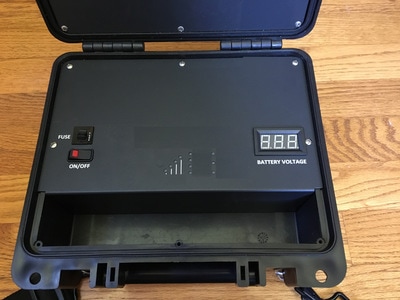
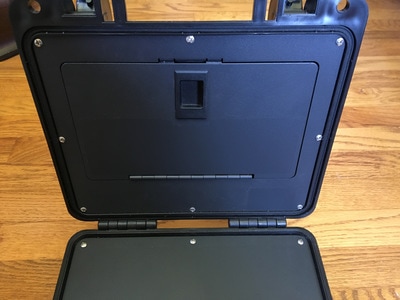
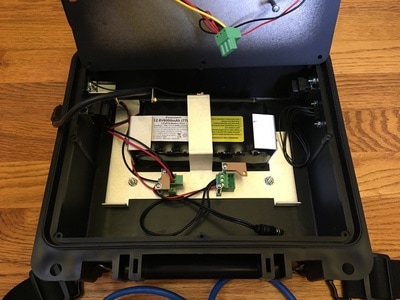
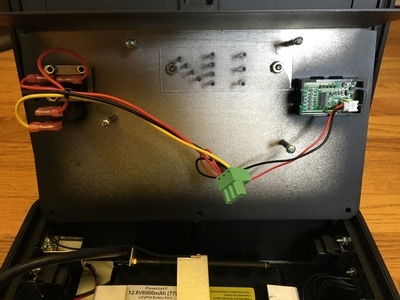
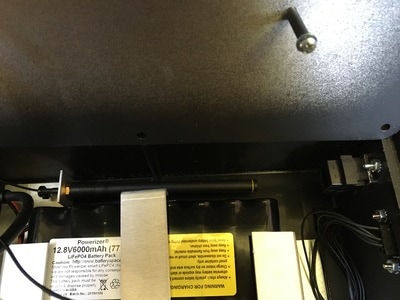
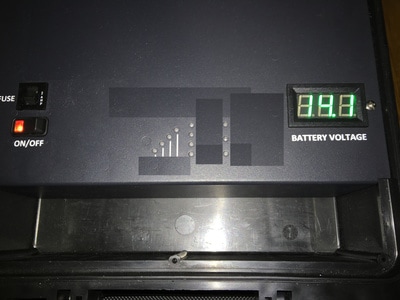
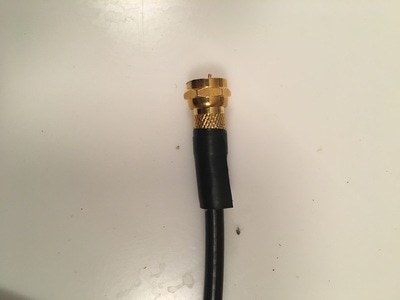
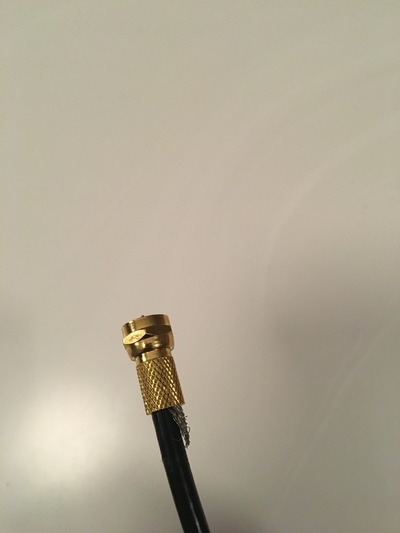
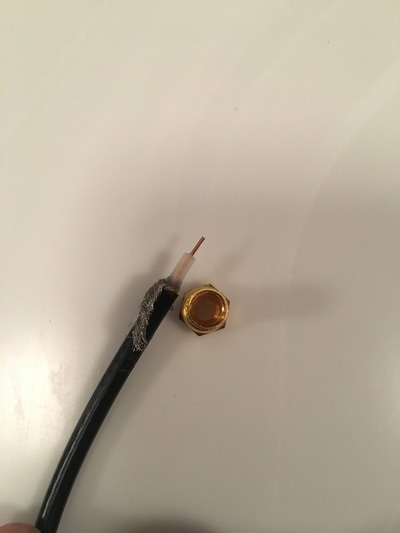
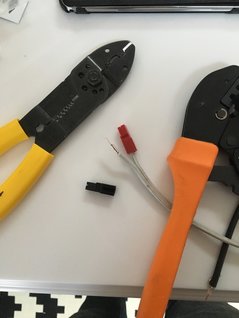

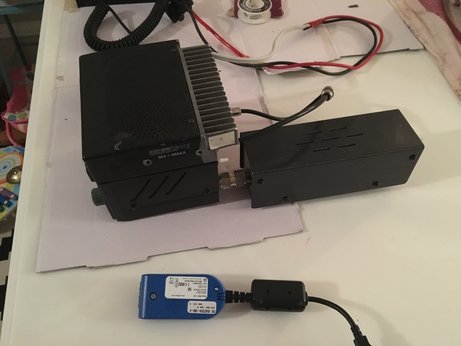
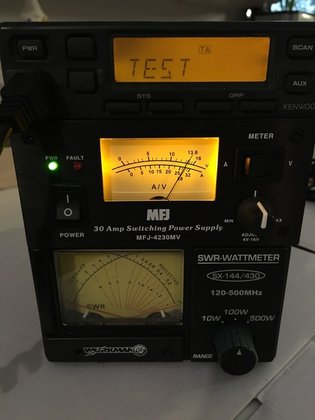
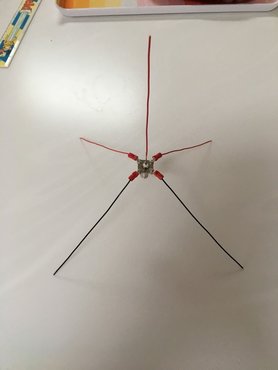
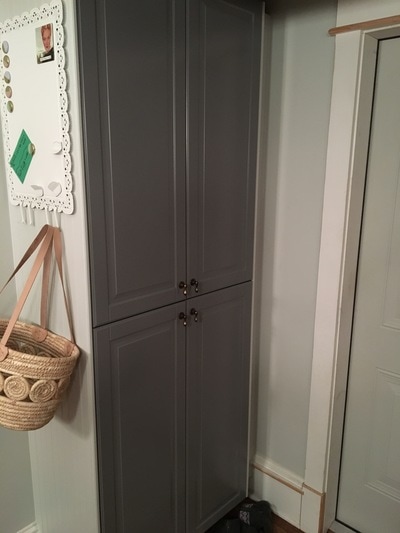
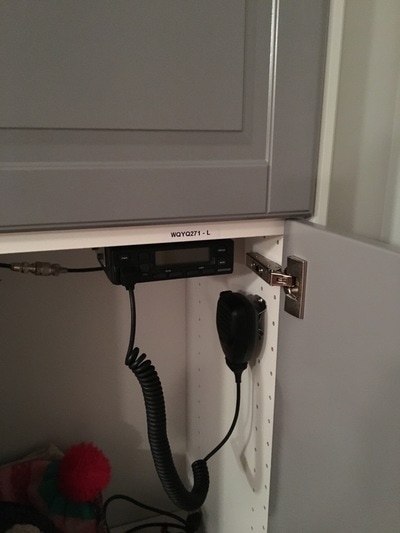
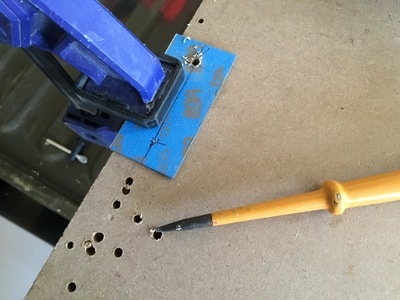
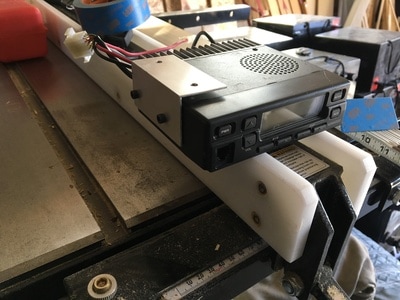
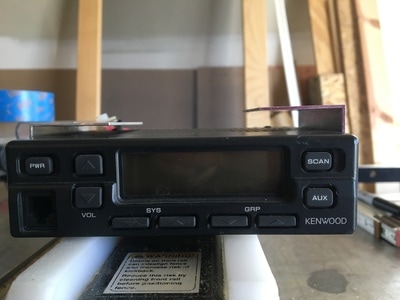
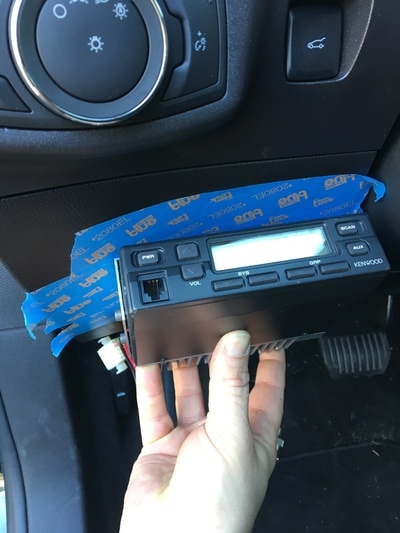
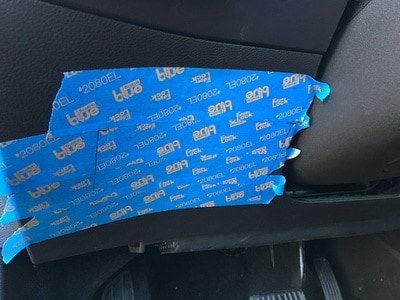
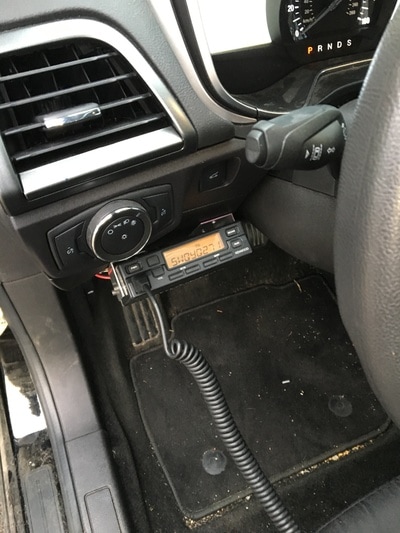



















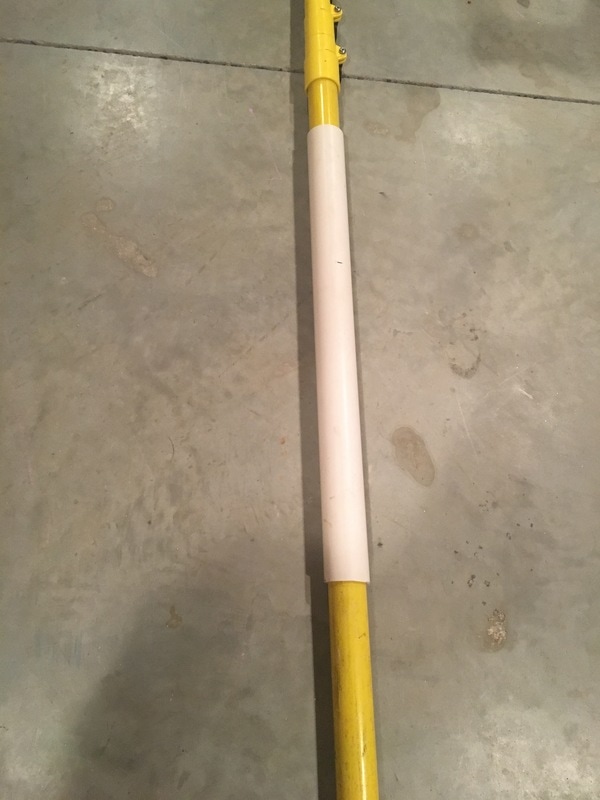


 RSS Feed
RSS Feed



